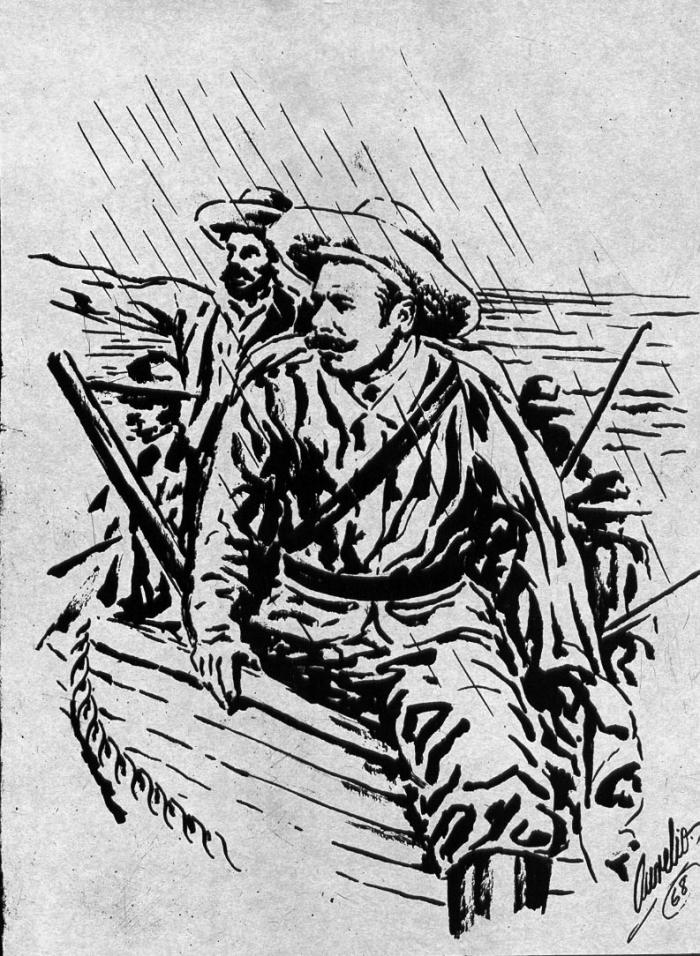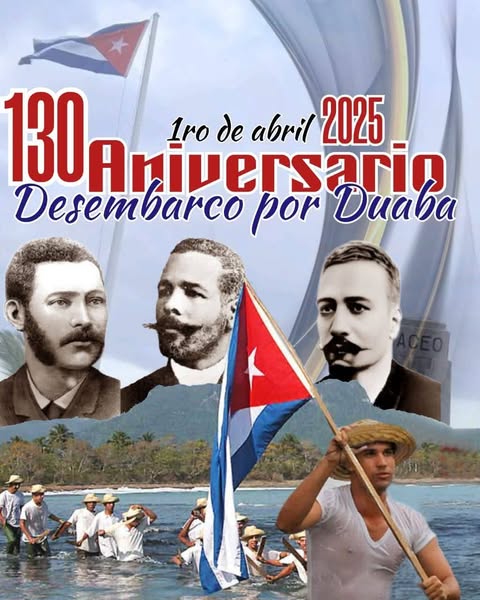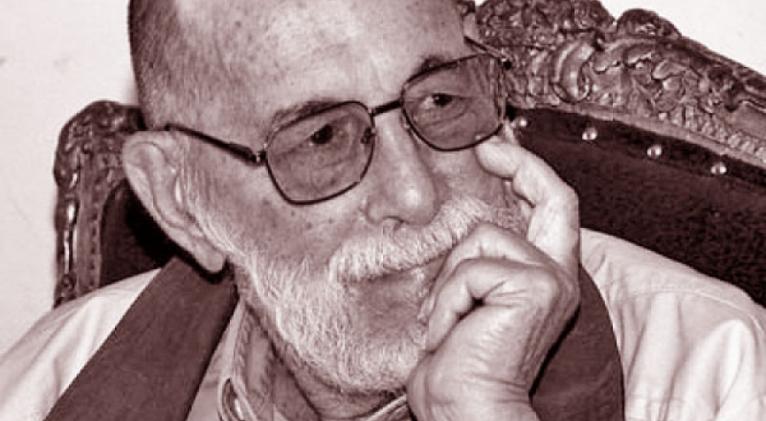Duaba, the Transcendent Honor of an Expedition

In the early hours of April 1, 1895, near Baracoa at Cuba’s easternmost tip, a schooner named Honor arrived at the mouth of the Duaba River carrying a precious cargo of patriots.
Among them was Antonio Maceo Grajales—the legendary hero of a thousand battles, his body marked by scars, a consummate revolutionary with a penetrating vision, for whom war was nothing more than the painful, necessary means to secure independence, freedom, and the dignity of the Motherland.
He was accompanied by men of proven loyalty, including the Major Generals of the Liberation Army from the Ten Years’ War and the Lesser War, his brother José, Flor Crombet, and twenty other patriots. They formed the first group arriving from abroad to join the uprising that had been sparked in Baire just over a month earlier. Departing from Puerto Limón, Costa Rica on March 25, they encountered their first clash with Spanish forces mere hours after landing—defeating a pursuing patrol and sending it fleeing in terror, as shouts rang out: “Here comes Maceo! Long live Free Cuba!”
News of Antonio Maceo’s arrival on Cuban soil spread like wildfire, inspiring countless mambises and patriots to join the cause—a struggle that would be celebrated in history as the Necessary War. While Spain had downplayed the February 24 uprising in various parts of Cuba, wherever Major General Maceo and his men appeared, they were seen as a dire threat by the peninsulares. This was evident in the diplomatic maneuvers of the days, the military reinforcements sent to Cuba, and the appointment of Arsenio Martínez Campos—a highly regarded military leader in the metropole known as the peacemaker.
Yet nothing could halt the momentum of that landing or the subsequent heroic feats of these great men. General Maceo came to embody, in its purest form, the unreserved commitment to the revolutionary cause, an unwavering adherence to principle, and an uncompromising stance against any affront to absolute independence—coupled with a keen foresight against Yankee interference and a profound Latin American spirit. Spain’s apprehensions were well-founded; there stood the insurgent leader, the central figure of the Baraguá Protest.
More than 130 years later, this event takes on extraordinary dimensions, especially since just ten days later, José Martí and Generalísimo Máximo Gómez also landed in Cuba—this time on the southern coast of the eastern province, at Playita de Cajobabo. Today, new generations, along with the people of Baracoa, make a pilgrimage to the obelisk marking the exact spot of that April 1, 1895 landing, reaffirming their commitment to preserving national unity and winning every new battle through the power of ideas and decisive action.

Photo: Granma
Translated by Luis E. Amador Dominguez



